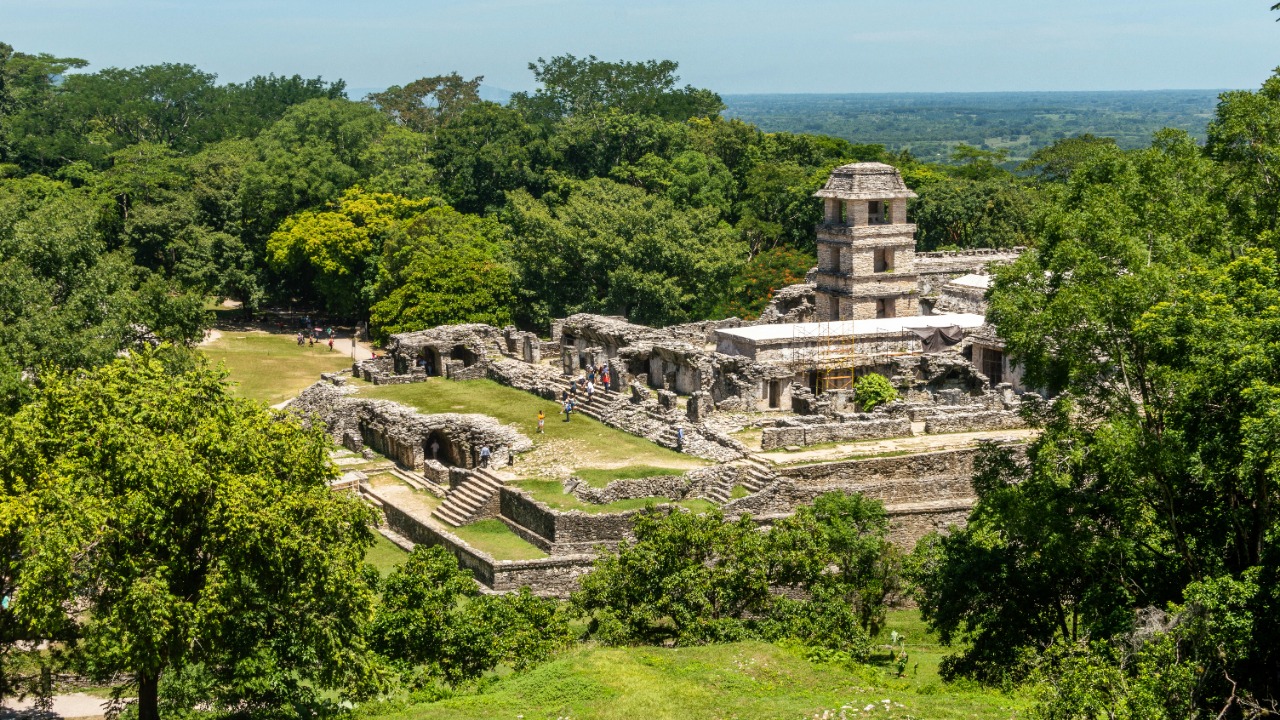
Archaeologists are making headlines with the discovery of a massive Maya city hidden for over 3,000 years. This groundbreaking find in the heart of the Guatemalan jungle is reshaping our understanding of ancient Maya civilization and its extensive urban network. The unearthing of this lost city offers a glimpse into the rich cultural, architectural, and historical significance of the Maya world.
The Discovery of a Lost Civilization

The recent discovery of the Maya city is situated deep in the Guatemalan jungle, a region long known for its dense vegetation and challenging terrain. The initial discovery was guided by modern technology, primarily through the use of LiDAR (Light Detection and Ranging) technology. This advanced tool allowed archaeologists to peer through the thick canopy, revealing the hidden structures of a once-thriving metropolis.
International collaboration played a key role in this archaeological breakthrough. Teams from around the world joined forces, combining their expertise to uncover the secrets of this lost civilization. The use of LiDAR has not only transformed this project but has also set a new standard for archaeological exploration across challenging landscapes.
Understanding the Maya Civilization
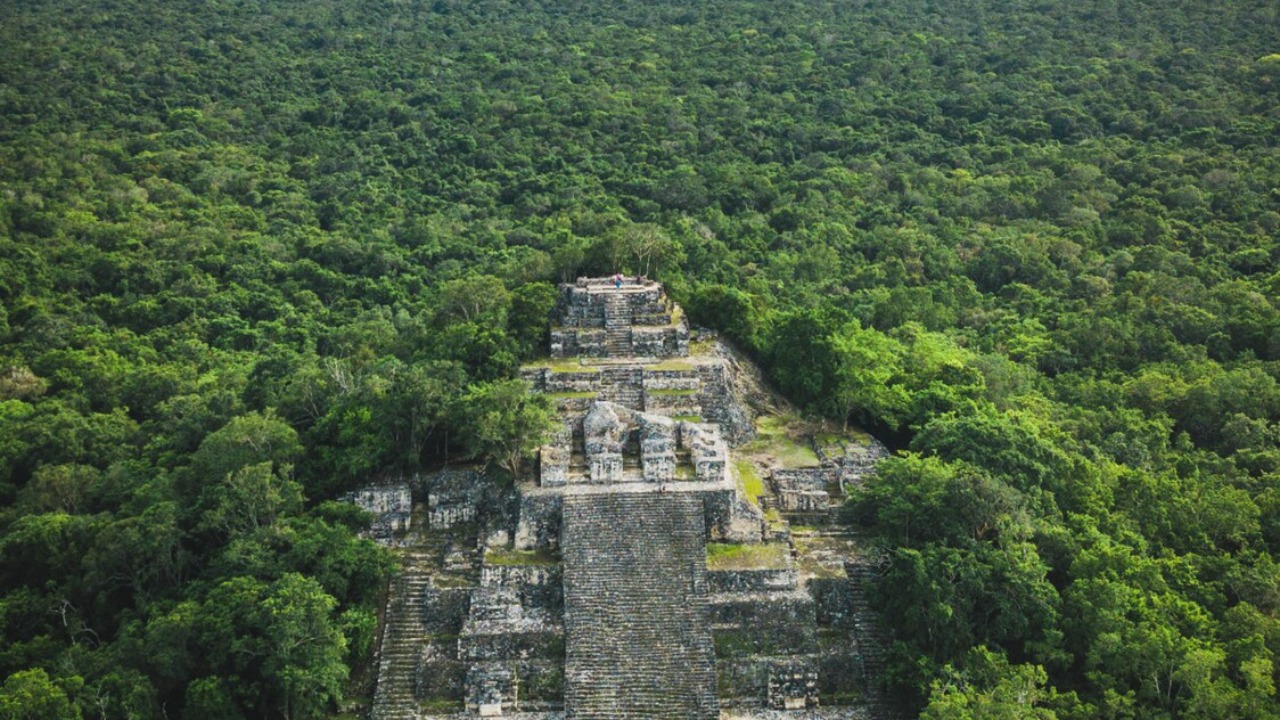
The Maya civilization, known for its remarkable achievements in various fields, flourished in Mesoamerica for centuries. Their rise and eventual decline are subjects of extensive study. The Maya excelled in mathematics, astronomy, and architecture, leaving behind a legacy of scientific and cultural advancements that continue to captivate researchers today.
Urban planning was a cornerstone of Maya culture, as evidenced by their complex cities, which featured well-organized layouts, religious centers, and residential areas. The newly discovered city offers an unprecedented opportunity to delve deeper into the urban life of the Maya, shedding light on how they structured their society and interacted with their environment.
Significant Finds and Artifacts
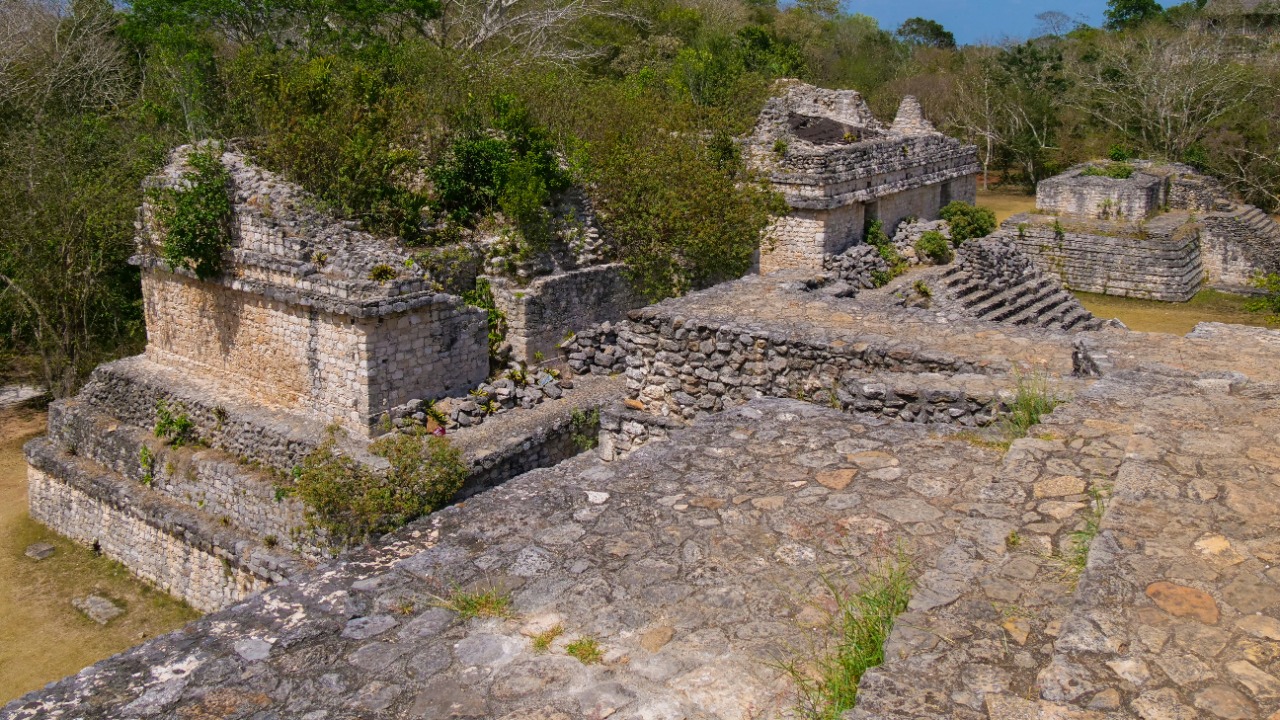
The excavation of this Maya city has revealed several major structures, including temples, plazas, and residential complexes. Each structure serves a distinct purpose, from religious ceremonies to daily living. The discovery of these buildings provides invaluable insights into the architectural prowess and societal organization of the Maya.
Among the key artifacts uncovered are pottery, tools, and ceremonial objects, each offering glimpses into the daily life and spiritual practices of the city’s inhabitants. These finds are crucial in piecing together the cultural fabric of the Maya civilization.
The Architectural Marvels of the Maya
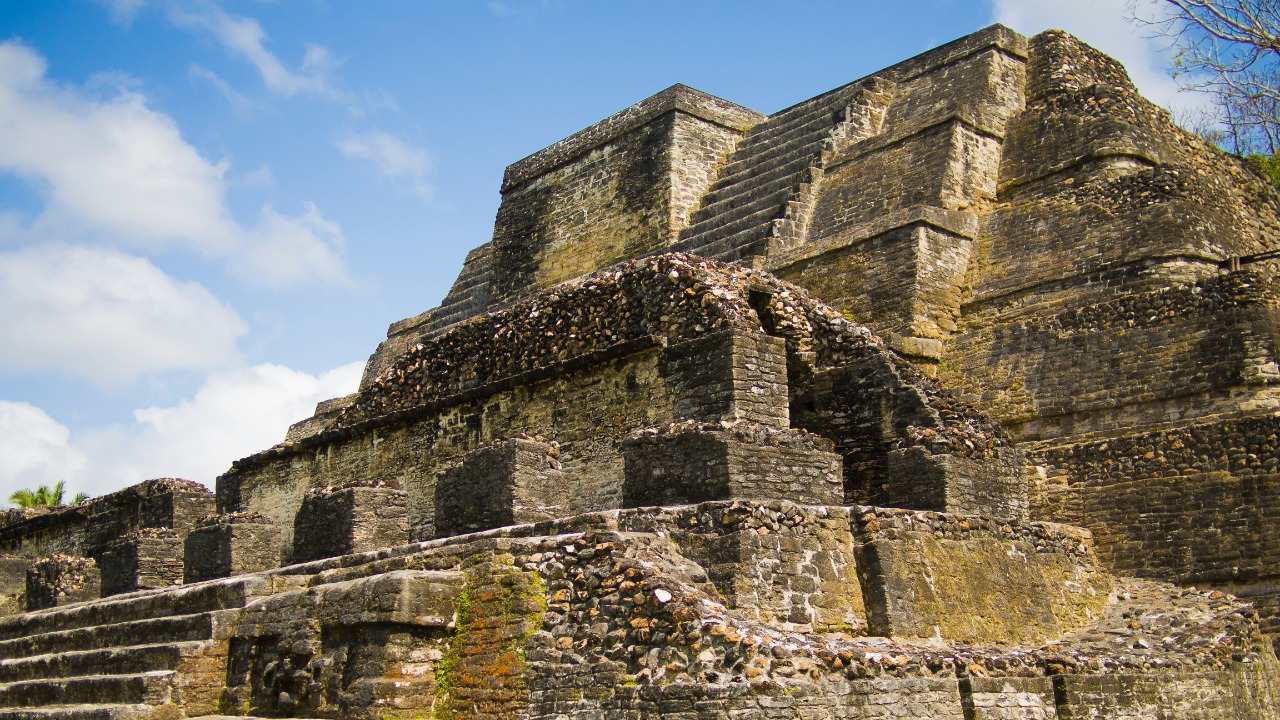
The architectural styles of the Maya are renowned for their uniqueness and innovation. Their construction techniques, which included intricate stonework and advanced engineering, have been studied for centuries. Temples and pyramids stood at the heart of Maya cities, serving both religious and social functions, and were often aligned with astronomical events.
Comparisons with other known Maya sites reveal the diversity and complexity of their architectural achievements. The newly discovered city adds to this rich tapestry, offering new data that will enhance our understanding of Maya architectural ingenuity.
Environmental and Geographical Challenges
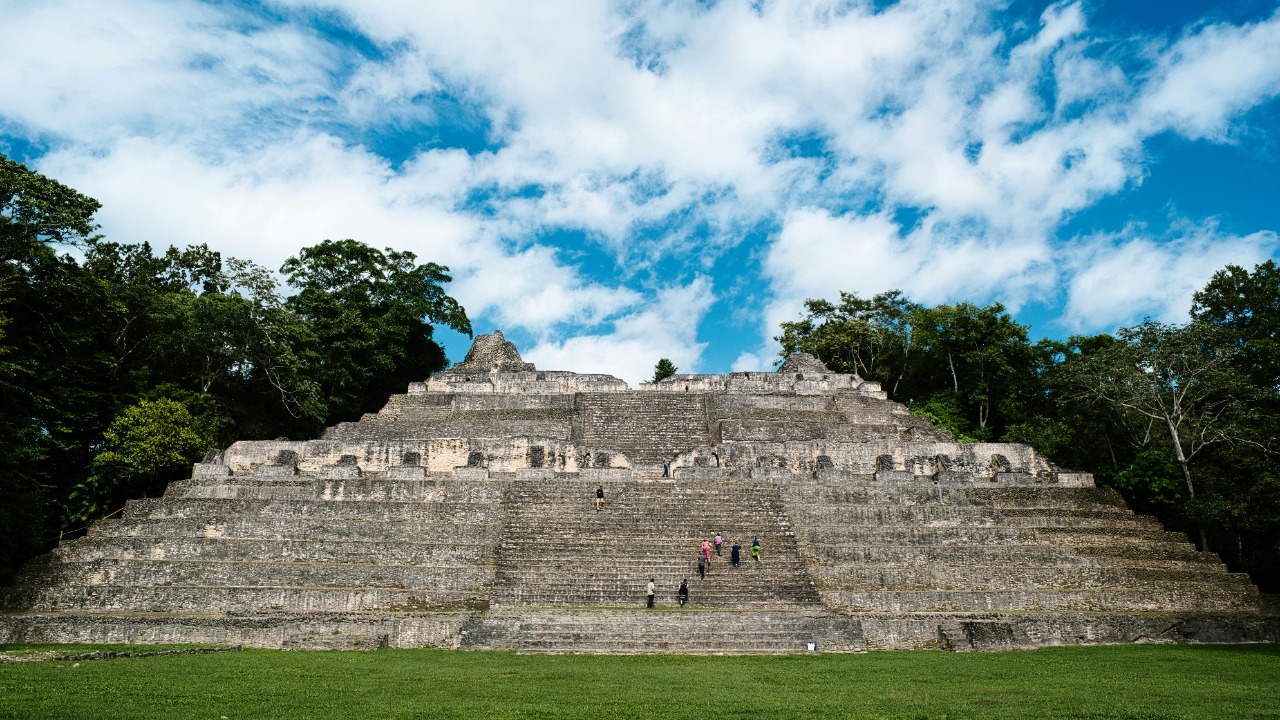
Excavating in dense jungle environments comes with a host of challenges, from unpredictable weather to the preservation of fragile structures. Archaeologists have developed innovative strategies to navigate these difficulties, ensuring that the integrity of the site is maintained while uncovering its secrets.
The impact of climate and geography on the Maya civilization cannot be overstated. The lush yet harsh environment shaped their way of life, influencing everything from agriculture to architecture. This discovery offers new perspectives on how the Maya adapted to and thrived in such conditions.
Technological Advances in Archaeology
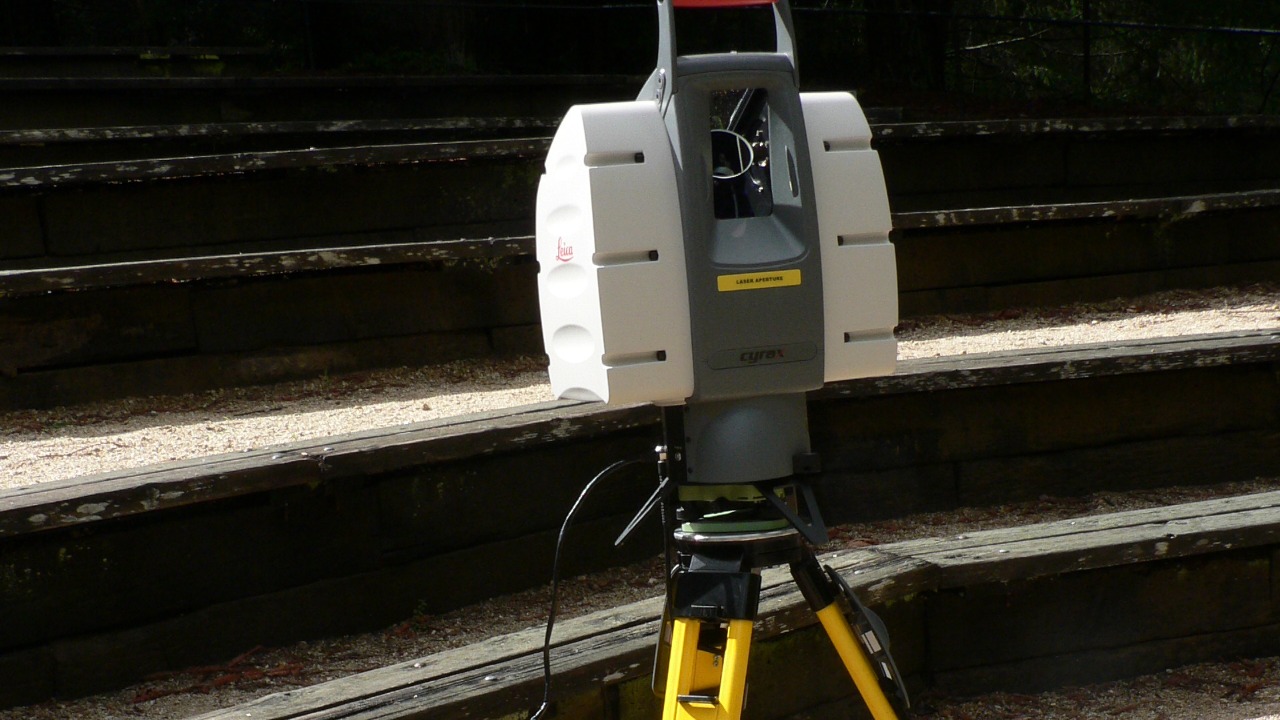
LiDAR technology has revolutionized archaeological discoveries, allowing researchers to uncover hidden sites that were previously inaccessible. Drones and other modern tools have further enhanced site exploration, providing high-resolution imagery and data that assist in mapping and analysis.
Looking to the future, advancements in technology promise even more groundbreaking discoveries. Tools like artificial intelligence and machine learning could further refine our understanding of ancient sites, opening new avenues for research and exploration.
Cultural Implications of the Discovery
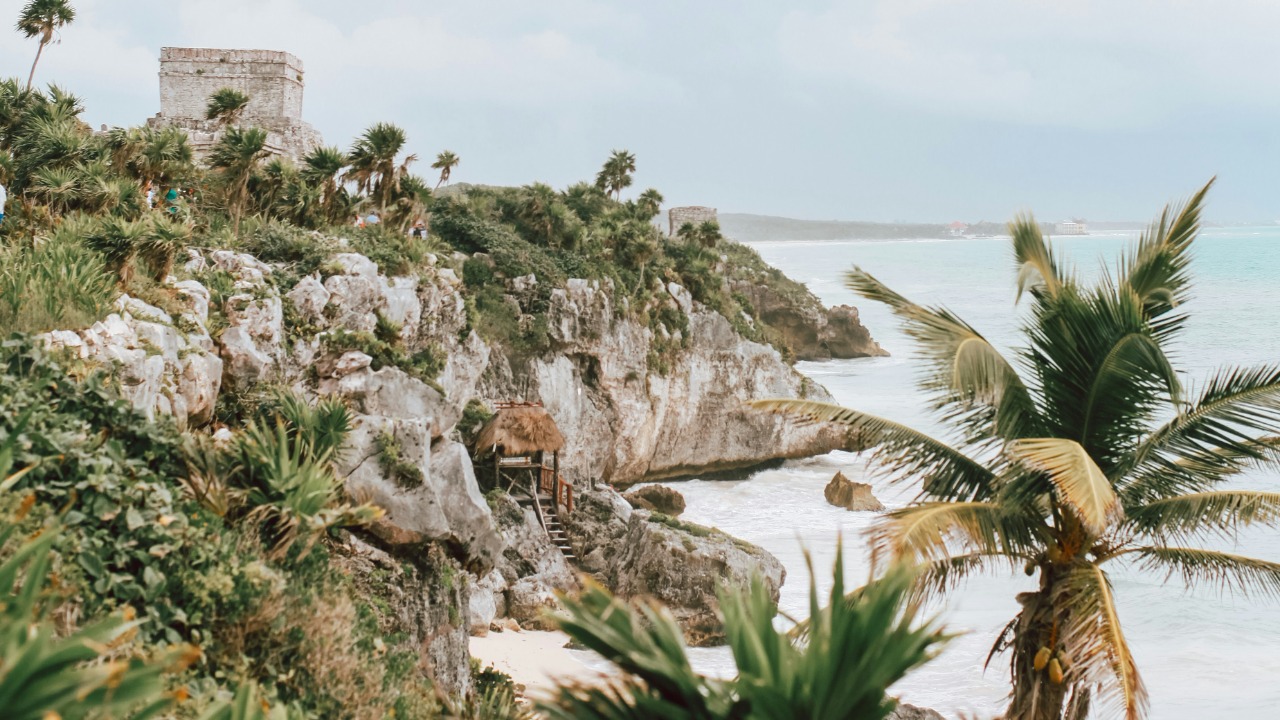
The unearthing of this Maya city has profound implications for local communities and indigenous peoples. It highlights the rich cultural heritage of the region, fostering a renewed appreciation for the contributions of the Maya to history and culture.
This discovery is also significant in understanding Maya culture as a whole. It reshapes contemporary perceptions of ancient civilizations, challenging long-held assumptions and inviting new interpretations of their societal structures and achievements.
The Global Significance of the Find
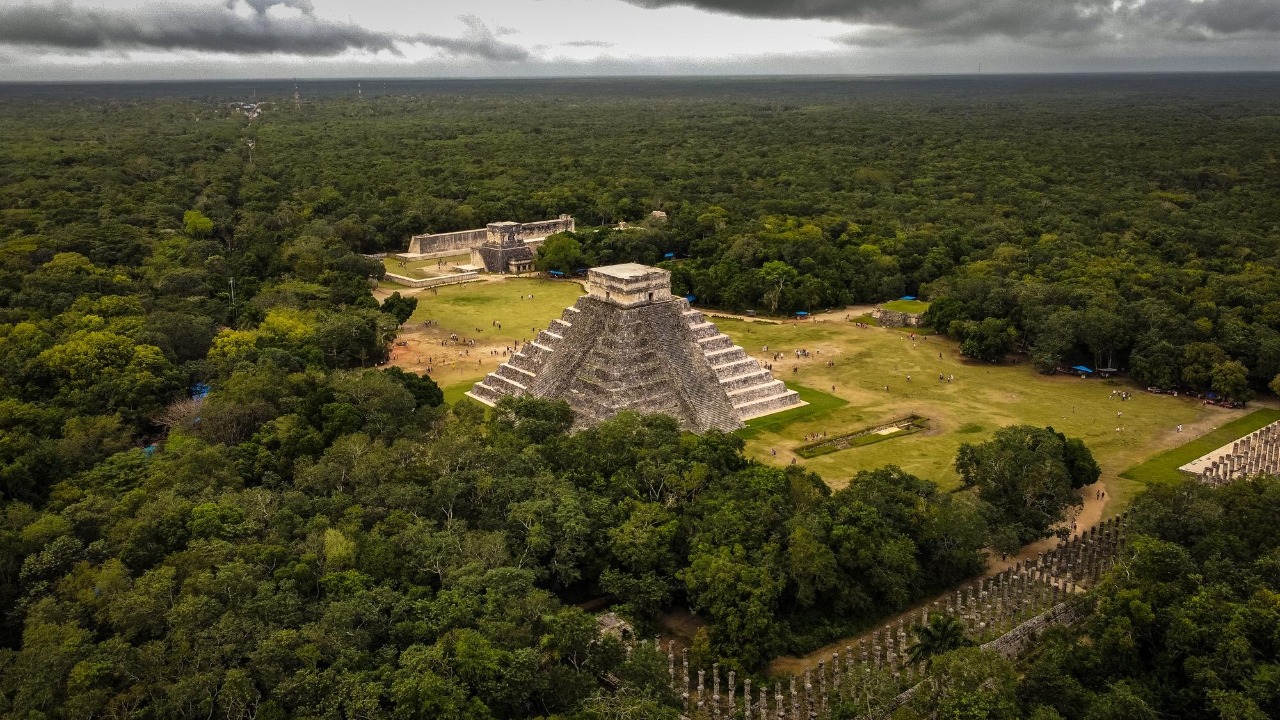
The discovery of this Maya city reshapes the narrative of pre-Columbian history, offering new insights into the sophistication and reach of ancient civilizations in the Americas. It underscores the importance of archaeological efforts in uncovering the complexities of human history.
In the context of global archaeological efforts, this site stands as a testament to the potential for future discoveries in the region. It encourages ongoing exploration and study, promising to reveal more about the interconnectedness of ancient societies.
Preservation and Future Research
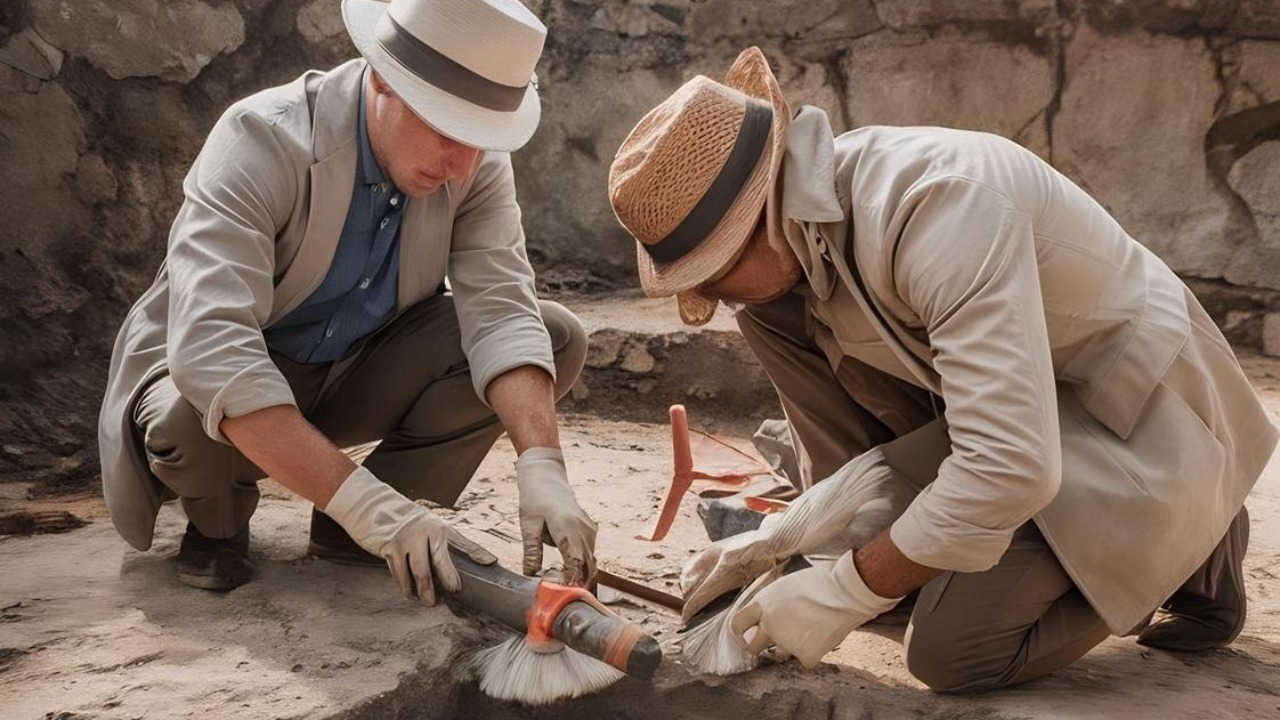
Preserving the site for future study presents its own set of challenges, from environmental threats to the need for sustainable excavation practices. Archaeologists are committed to safeguarding this invaluable resource, ensuring that it remains accessible for generations to come.
Continued excavation and research initiatives are planned, with international cooperation playing a crucial role in achieving these goals. The preservation efforts highlight the importance of collaboration in protecting and studying our shared cultural heritage.
The Broader Impact on Archaeology
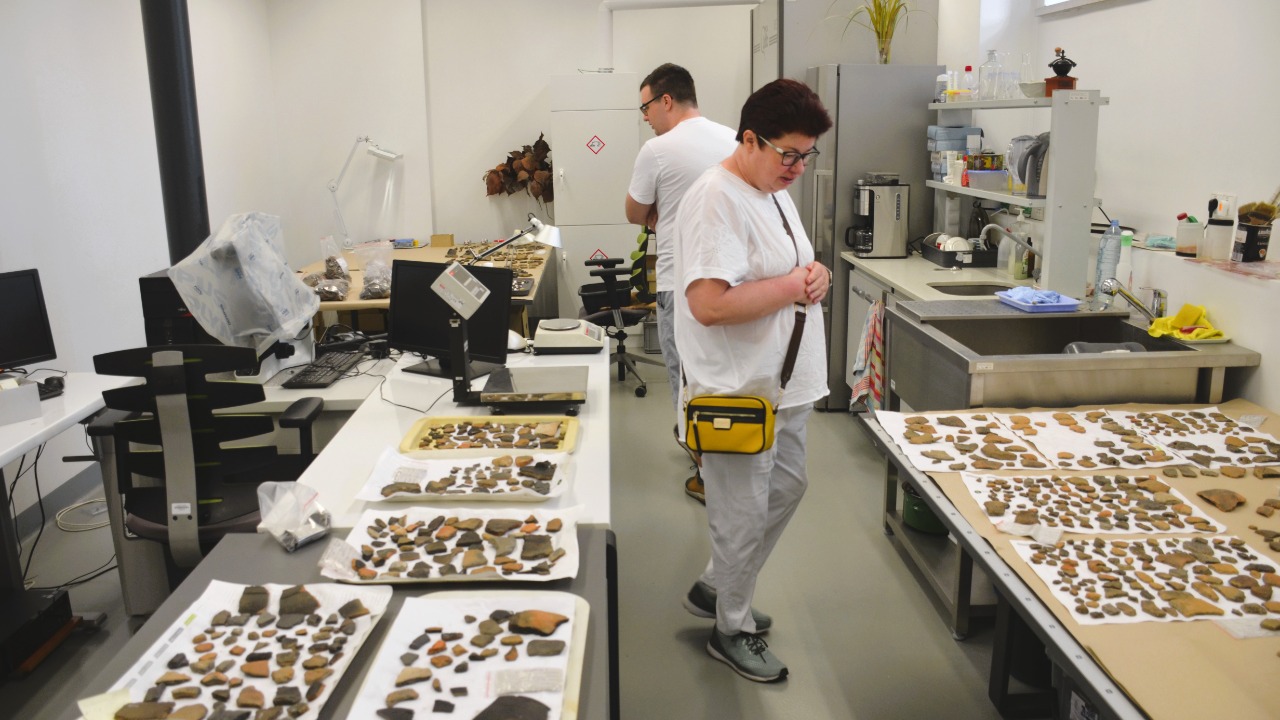
This discovery is influencing current archaeological methodologies, encouraging a more interdisciplinary approach that draws on fields such as anthropology, geography, and computer science. It highlights the value of combining traditional techniques with modern technology.
Opportunities for education and public engagement in archaeology are also expanding as a result of this find. By making the discoveries accessible to a wider audience, researchers hope to inspire a new generation of archaeologists and historians eager to explore the past.